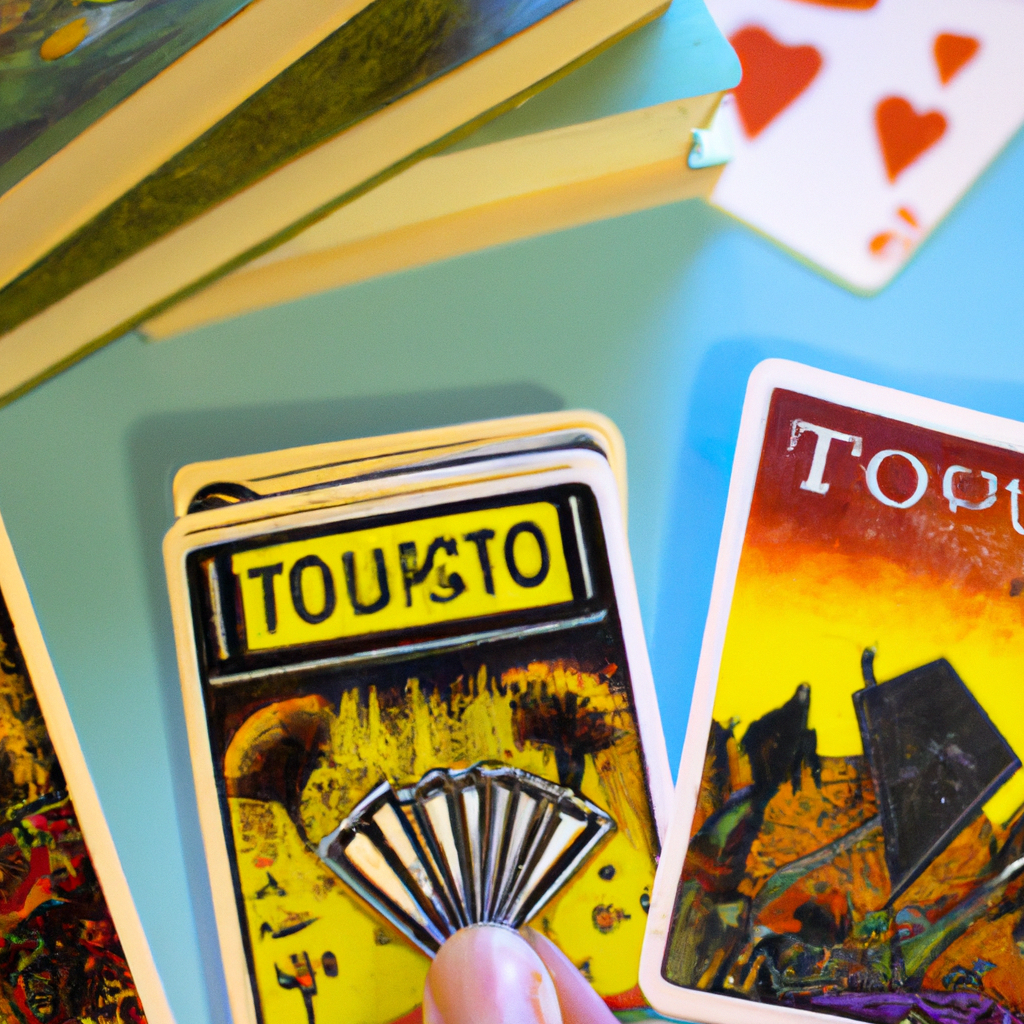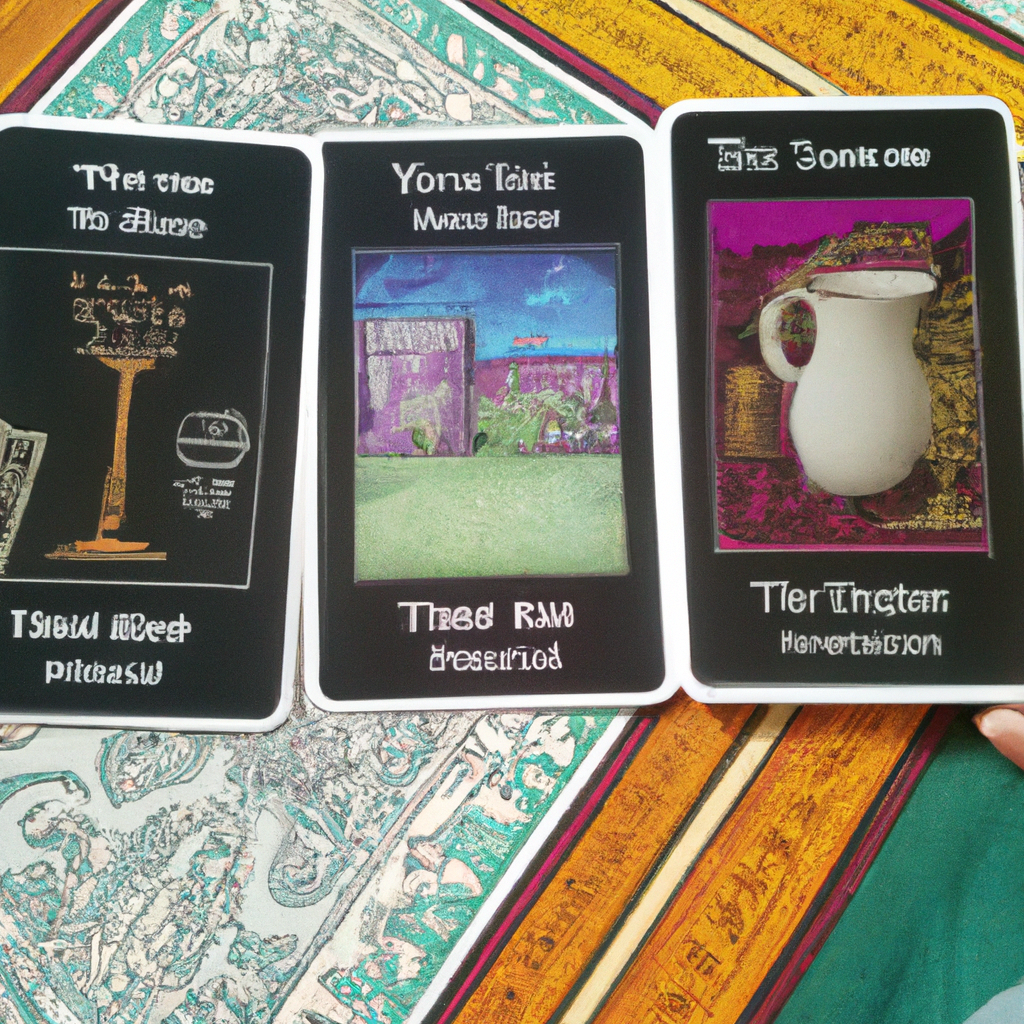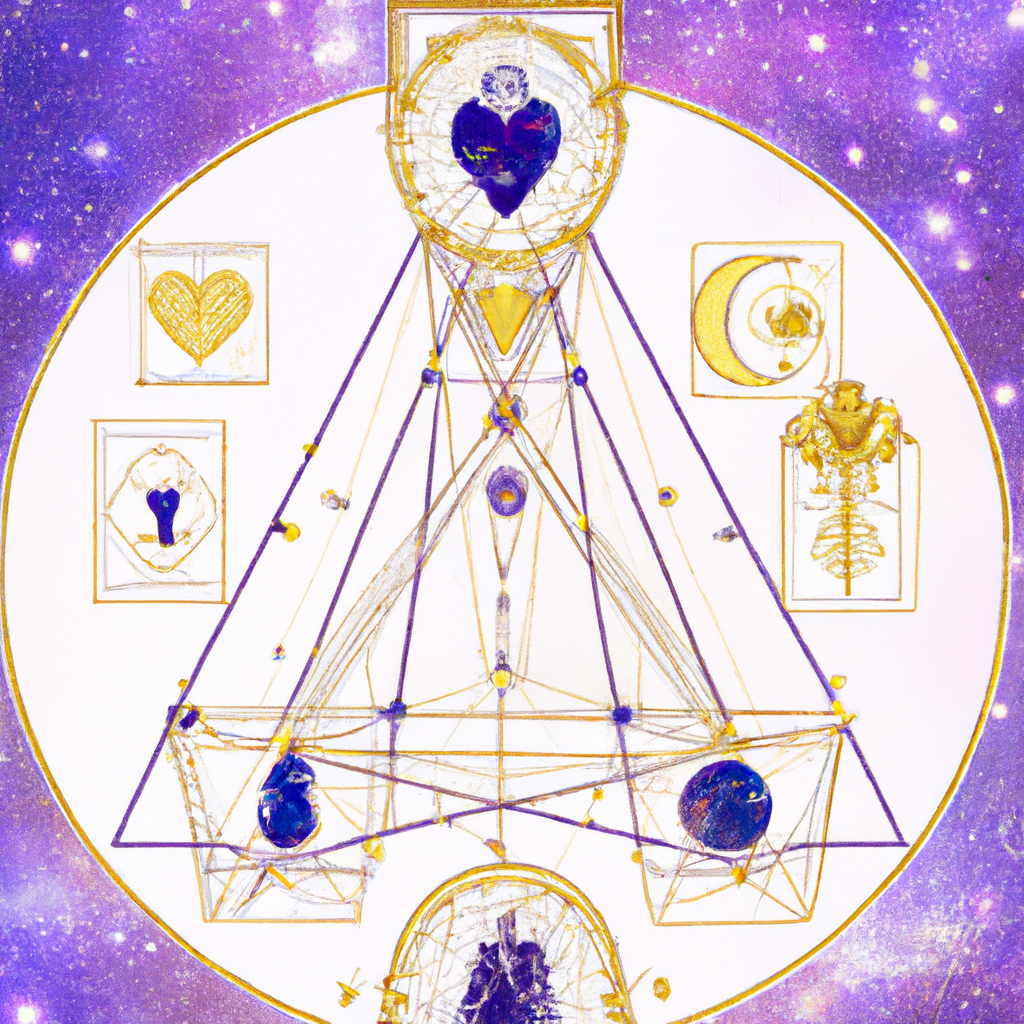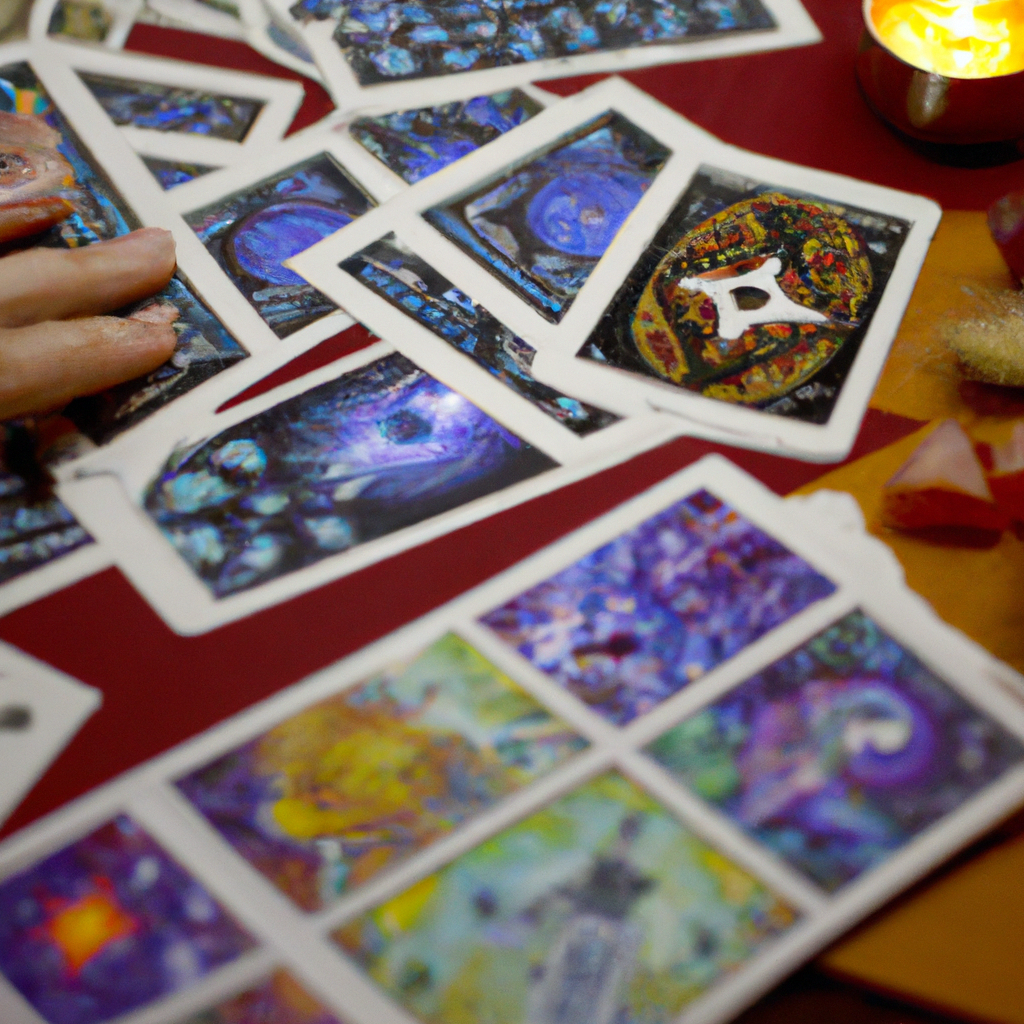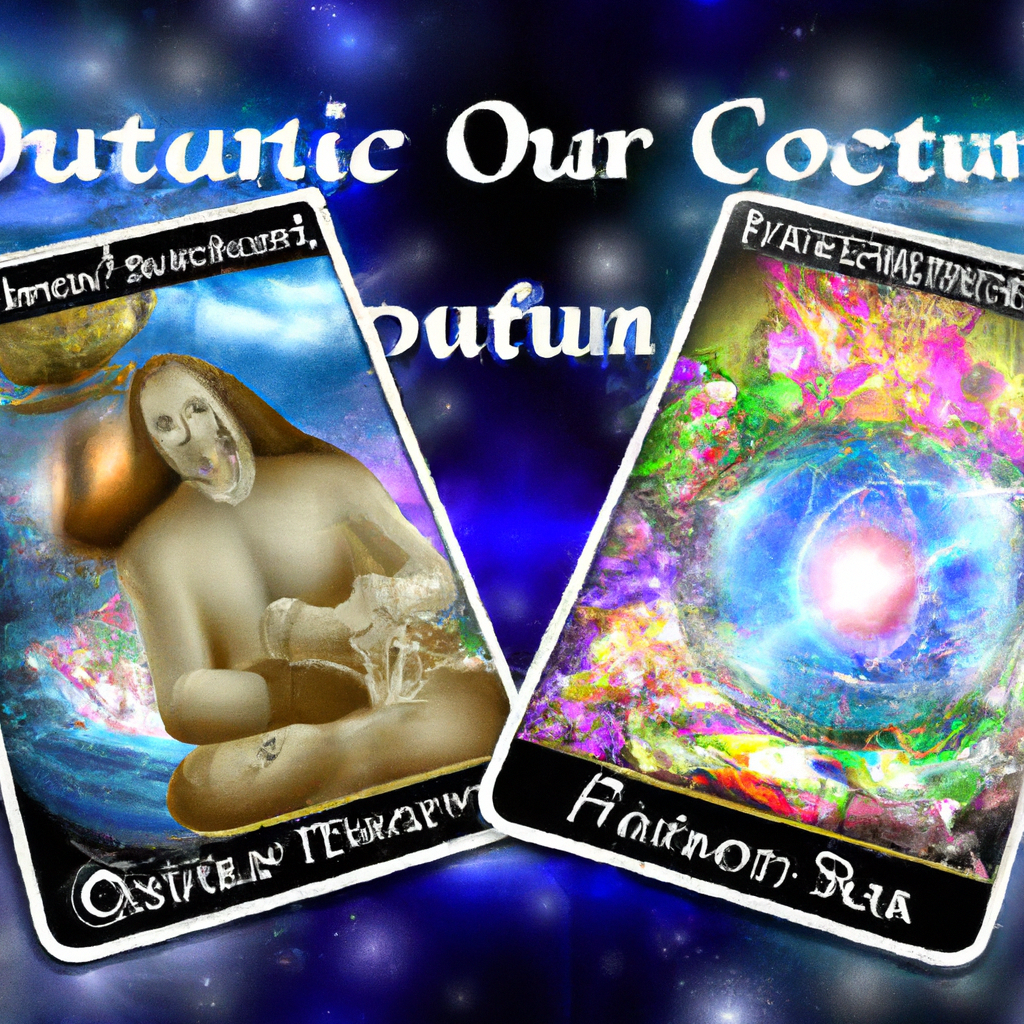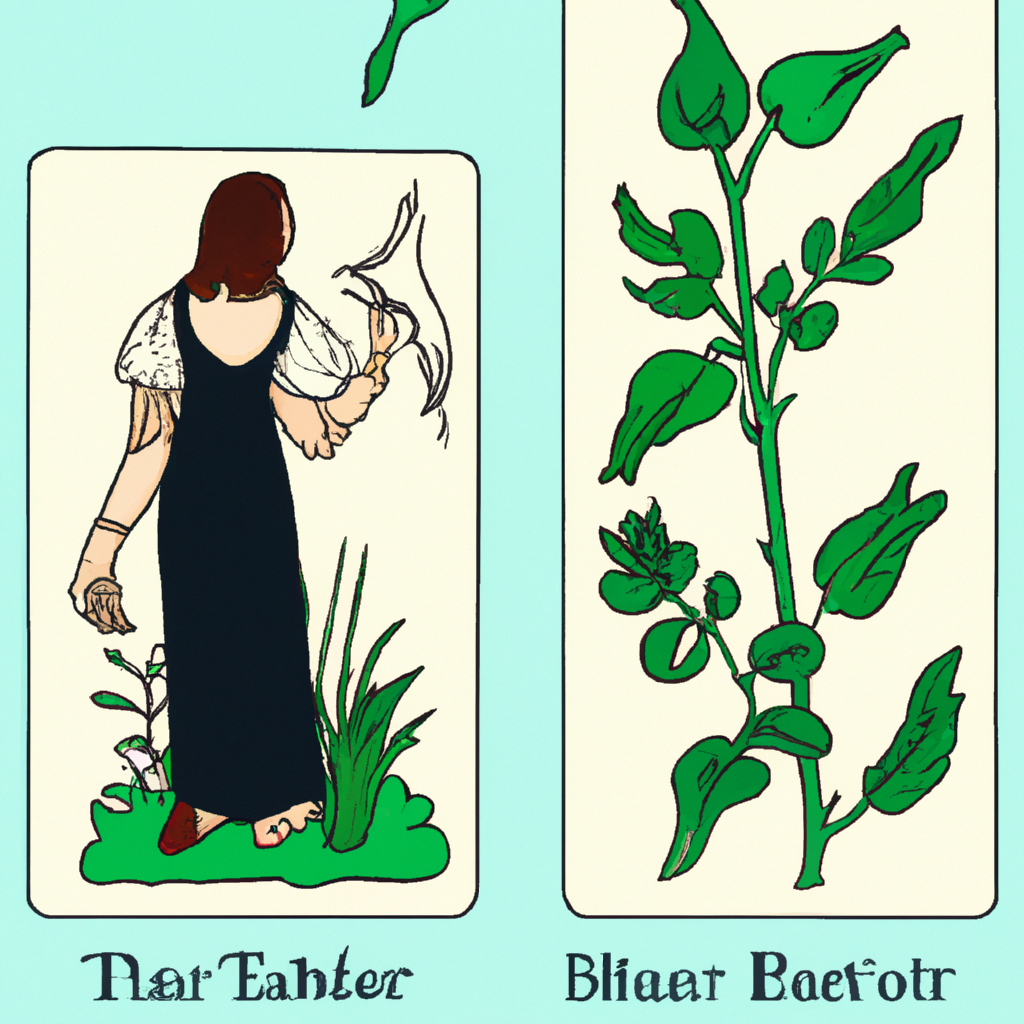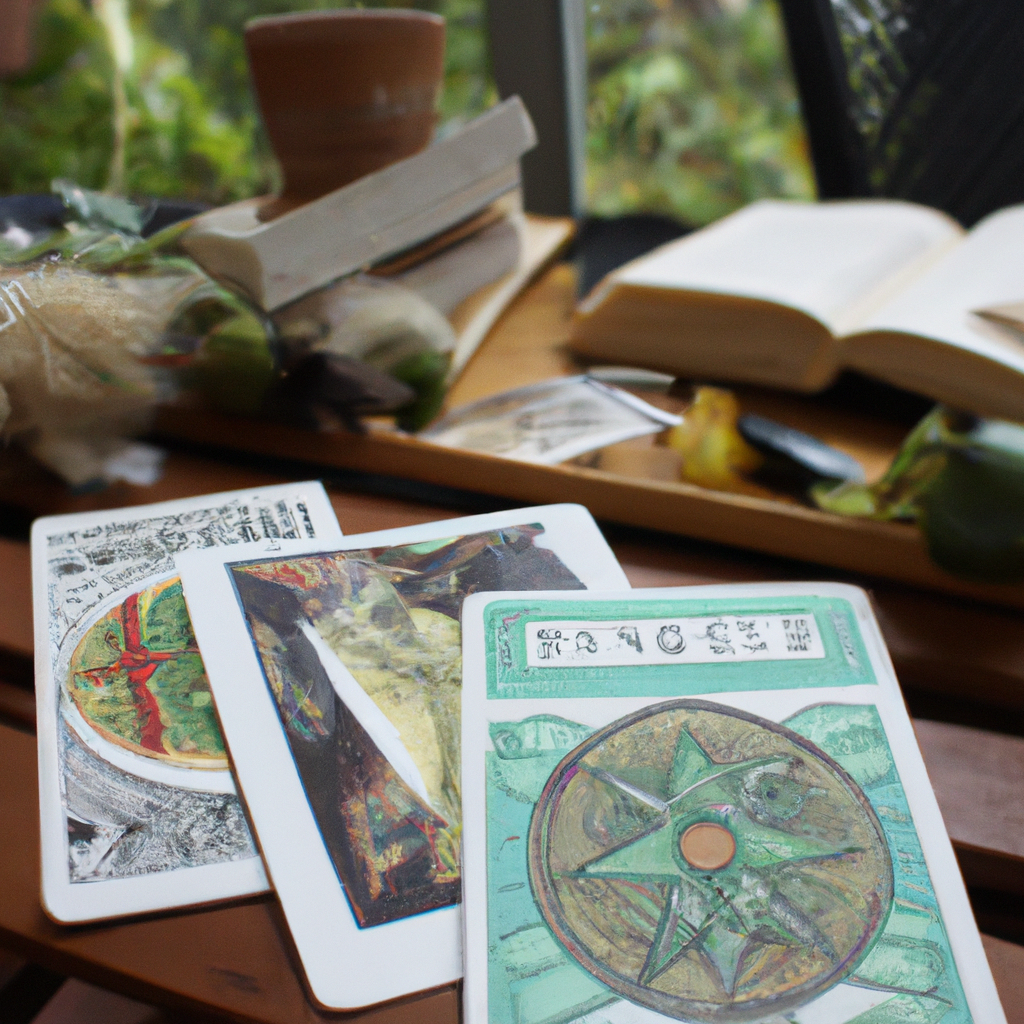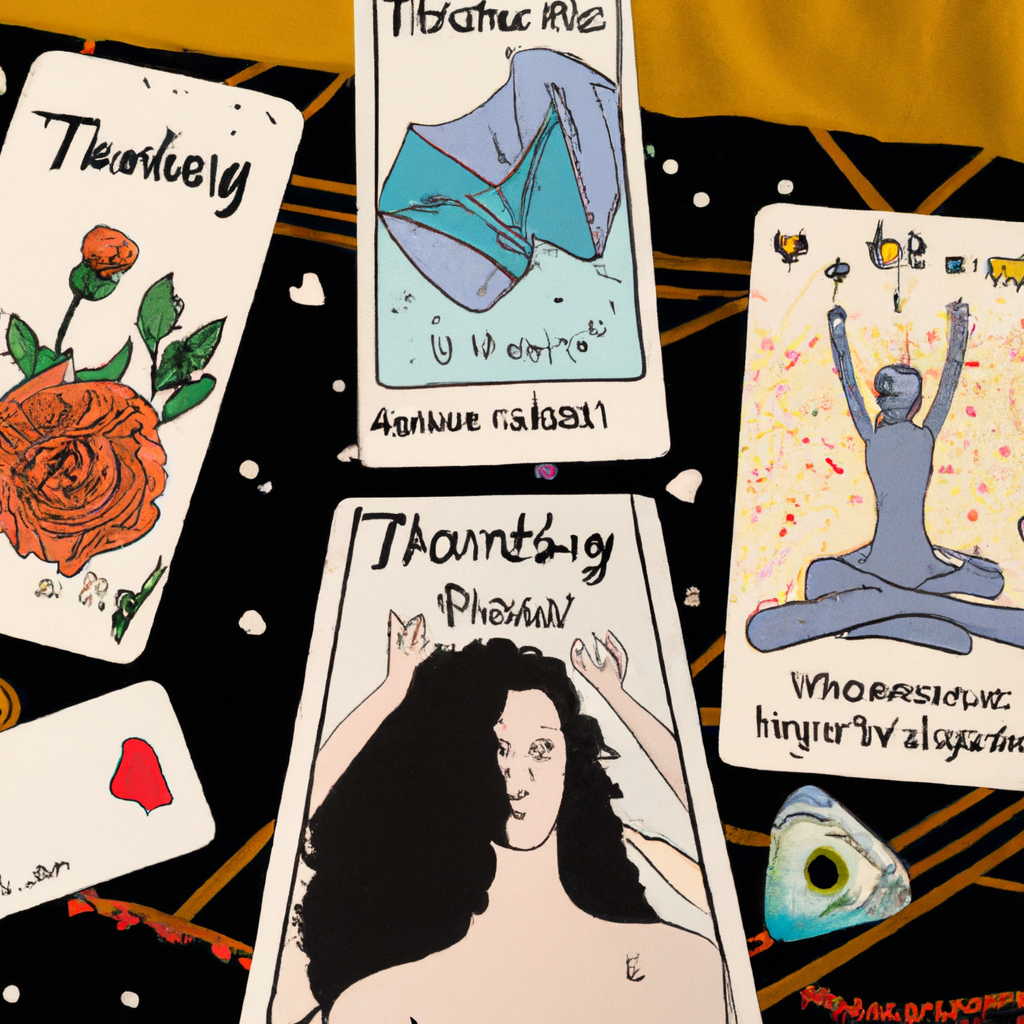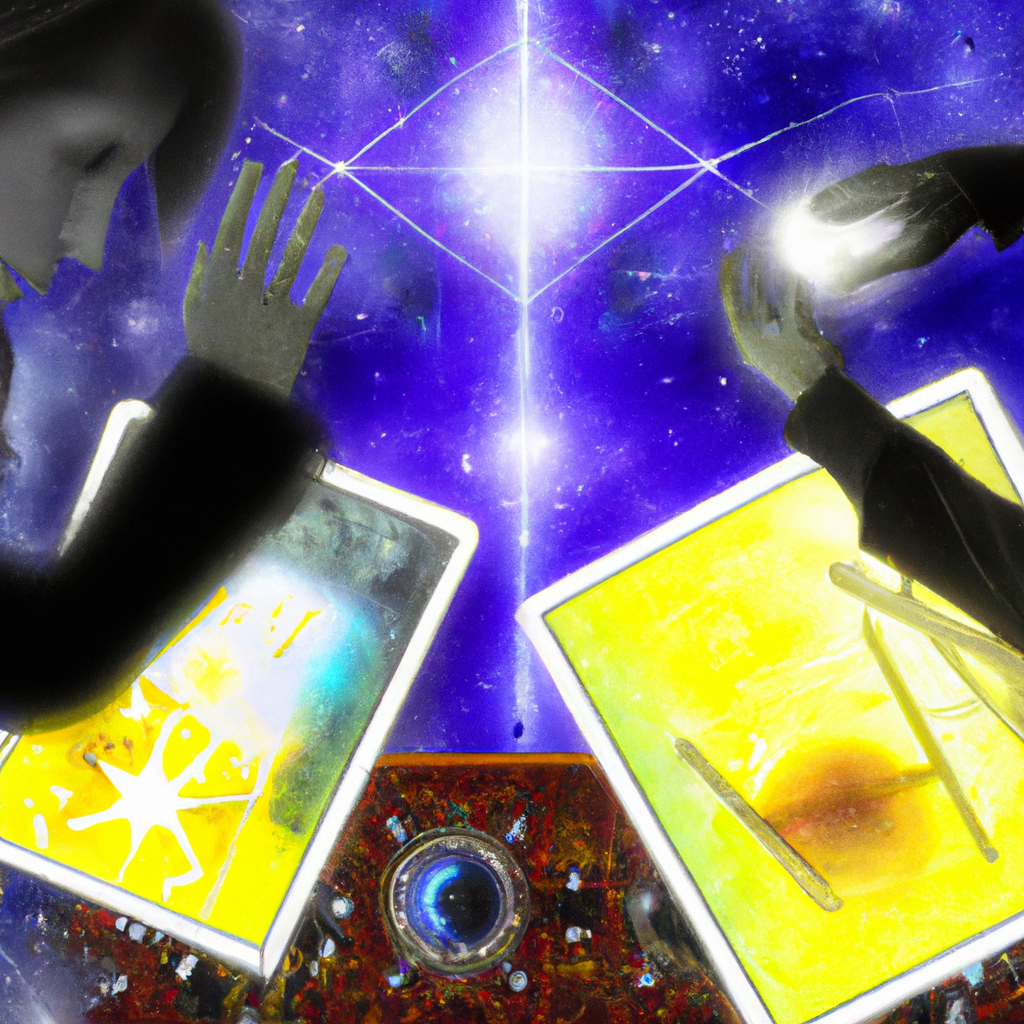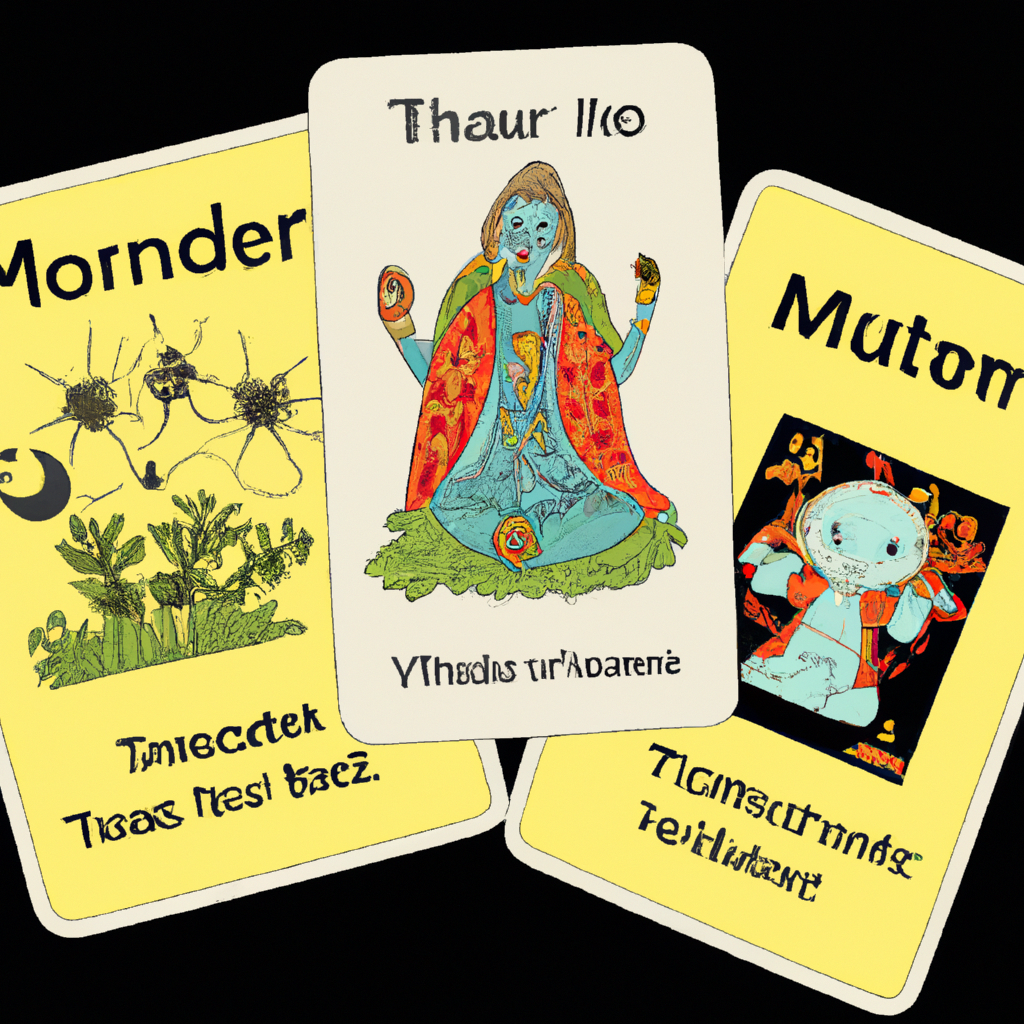Shopping Cart.
No products in the cart.

Once considered the domain of mystics and fortune tellers, tarot cards have been experiencing a renaissance of sorts in recent years. This resurgence, or ‘Tarot Renaissance’ as it’s fondly called, is not just about predicting the future, but also about self-discovery, mindfulness, and personal growth.
In the past, tarot was often shrouded in mystery and misconceptions. Many people associated it with dark arts or considered it a tool for charlatans. However, the modern interpretation of tarot has shifted significantly. Today, it’s seen as a tool for introspection, a mirror to our subconscious, and a guide to personal development.
This shift in perception didn’t happen overnight. It was a gradual process, influenced by a variety of factors. One of the key drivers was the rise of the wellness movement. As more and more people started seeking holistic and alternative ways to improve their mental and emotional well-being, tarot found a new audience.
The modern tarot reader is not a mysterious figure cloaked in a velvet robe, but rather a wellness coach, a therapist, or even a friend. They use the cards not to predict a predetermined future, but to help individuals explore their thoughts, feelings, and potential paths. The focus is on empowerment and personal growth, rather than fatalistic predictions.
Another factor contributing to the Tarot Renaissance is the democratization of knowledge. Thanks to the internet, learning about tarot has never been easier. There are countless resources available online, from blogs and YouTube tutorials to online courses and forums. This accessibility has allowed a new generation of tarot enthusiasts to emerge, eager to explore this ancient practice in their own way.
The design of tarot decks has also evolved to reflect modern sensibilities. While traditional decks like the Rider-Waite-Smith are still popular, many new decks feature diverse and inclusive imagery. Artists are creating decks that reflect a wide range of cultures, identities, and experiences, making tarot more accessible and relatable to a broader audience.
Moreover, the rise of social media has played a significant role in the Tarot Renaissance. Platforms like Instagram and TikTok have become hotspots for tarot content, with users sharing their readings, interpretations, and experiences. These platforms have not only helped to demystify tarot but have also created a sense of community among tarot enthusiasts.
Despite these changes, the essence of tarot remains the same. It’s still a tool for introspection, a way to tap into our intuition and explore the unseen aspects of our lives. The cards still hold their traditional meanings, but the way we interpret and apply them has evolved to fit our modern context.
In conclusion, the Tarot Renaissance is a testament to the enduring appeal of this ancient practice. It’s a reflection of our collective desire for self-understanding and personal growth. Whether you’re a seasoned tarot reader or a curious beginner, there’s never been a more exciting time to explore the world of tarot. So, why not pick up a deck and see where the cards lead you?
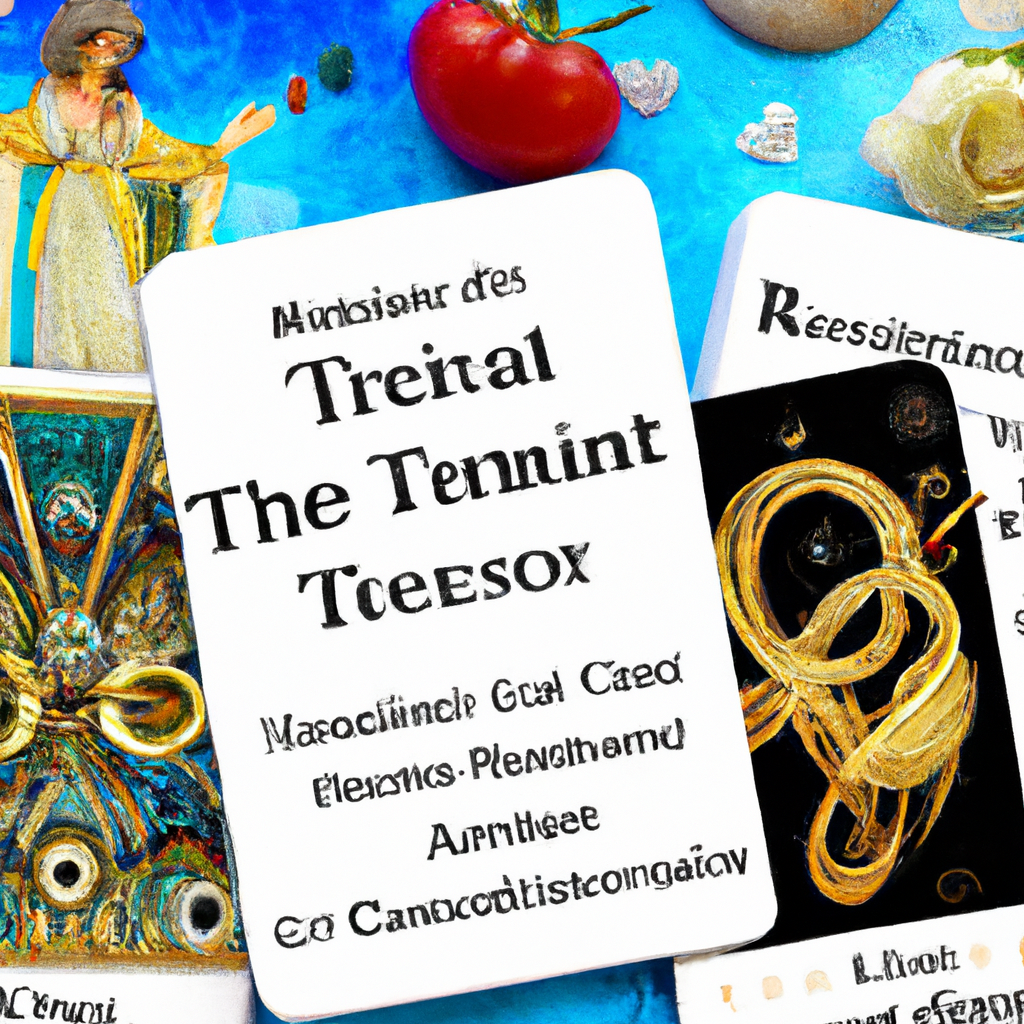
Once considered a fringe interest, tarot cards have been experiencing a renaissance in the 21st century. The mystical deck of 78 cards, each adorned with intricate illustrations and symbols, has been embraced by a new generation seeking guidance, self-reflection, and a touch of the esoteric in their daily lives. This resurgence, or as some might call it, the Tarot Renaissance, is not just a revival of the old, but a reimagining and reinterpretation of the tarot for the modern age.
The tarot renaissance is being shaped by several trends that reflect the changing attitudes and interests of the 21st-century society. One of the most significant trends is the shift towards using tarot for self-reflection and personal growth. In the past, tarot was often associated with fortune-telling and predicting the future. Today, however, many people are using tarot as a tool for introspection and self-discovery. The cards are seen as a way to tap into one’s subconscious mind, revealing hidden thoughts, feelings, and patterns that can help guide personal development and decision-making.
Another trend shaping the tarot renaissance is the increasing diversity and inclusivity in tarot decks. Traditional tarot decks often featured predominantly white, heteronormative, and gender-binary imagery. However, in line with the broader societal push towards representation and inclusivity, many modern tarot decks are breaking away from these conventions. Today, you can find decks that feature a wide range of ethnicities, body types, sexual orientations, and gender identities. This trend not only makes tarot more accessible to a wider audience but also enriches the symbolism and interpretive possibilities of the cards.
The rise of digital technology is another trend that’s playing a significant role in the tarot renaissance. With the proliferation of tarot apps and online readings, tarot has become more accessible than ever before. These digital platforms allow anyone with a smartphone or computer to draw a card, learn about its meaning, and even receive a full reading at any time and from anywhere. While some purists may argue that digital readings lack the tactile and personal elements of traditional readings, there’s no denying that technology has helped bring tarot to the masses.
Finally, the tarot renaissance is being fueled by a renewed interest in spirituality and the occult. In an increasingly secular and rational world, many people are seeking out more mystical and spiritual experiences. Tarot, with its rich symbolism and history, offers a gateway into this realm. It provides a tangible way to engage with abstract concepts like intuition, synchronicity, and the collective unconscious. Moreover, it offers a sense of mystery and magic that many find appealing in our often predictable and mundane lives.
In conclusion, the Tarot Renaissance of the 21st century is a vibrant and dynamic movement that reflects the changing attitudes and interests of our time. It’s a reimagining of an ancient tradition that’s becoming more inclusive, accessible, and relevant to the modern world. Whether you’re a seasoned tarot reader or a curious newcomer, there’s never been a more exciting time to explore the world of tarot.
Once considered the domain of mystics and fortune tellers, tarot cards have been experiencing a renaissance of sorts in recent years. This resurgence is not just about predicting the future, but also about self-reflection, mindfulness, and personal growth. The modern tarot renaissance is a fascinating blend of ancient symbolism and contemporary interpretation, with a dash of pop culture thrown in for good measure.
The tarot deck, with its intricate illustrations and cryptic symbols, has always been a source of fascination. Traditionally, the deck is divided into two sections: the Major Arcana, which represents life’s major events and spiritual lessons, and the Minor Arcana, which deals with everyday matters. Each card has a unique meaning, and the interpretation can change depending on the context in which it appears.
In the past, tarot readings were often shrouded in mystery and superstition. However, the modern tarot renaissance has seen a shift towards a more accessible and personal approach. Today, many people use tarot cards as a tool for introspection and self-discovery. Instead of seeking predictions about the future, they use the cards to gain insights into their own thoughts, feelings, and experiences.
This shift in perspective has been accompanied by a surge in popularity for tarot cards. Social media platforms like Instagram and Pinterest are awash with beautifully designed tarot decks and spreads, while online communities offer a space for enthusiasts to share their interpretations and experiences. The rise of digital tarot apps has also made it easier than ever for people to explore the world of tarot, even if they don’t own a physical deck.
The modern tarot renaissance is not just about making the cards more accessible, but also about reinterpreting them in a contemporary context. Many of today’s tarot decks reflect modern sensibilities and concerns, with themes ranging from feminism to mental health. Some decks replace the traditional imagery with pop culture references, while others incorporate diverse representations of race, gender, and sexuality.
This trend towards inclusivity and representation is a significant departure from the traditional tarot, which often featured a narrow range of archetypes and symbols. By reimagining the tarot in a modern context, these decks are making the cards more relatable and relevant to a wider audience.
The tarot renaissance is also influencing the way we interpret the cards. While traditional interpretations often relied on fixed meanings and rigid structures, modern interpretations are more flexible and intuitive. Many tarot readers today encourage a personal connection with the cards, suggesting that the meaning of a card can change depending on the individual’s unique perspective and experiences.
In conclusion, the modern tarot renaissance is a vibrant and dynamic movement that is reshaping the way we understand and interact with the tarot. By making the cards more accessible, inclusive, and personal, this movement is breathing new life into an ancient tradition. Whether you’re a seasoned tarot reader or a curious newcomer, there’s never been a more exciting time to explore the world of tarot. So why not pick up a deck, shuffle the cards, and see what insights they have to offer? You might be surprised by what you discover.
The Tarot Renaissance signifies a resurgence of interest in tarot cards, not just as a divination tool but also as a means of self-reflection and personal growth. Modern interpretations and trends have broadened the scope of tarot, incorporating psychological, therapeutic, and artistic elements. This has led to a diversification of tarot decks and readings, making them more accessible and relevant to contemporary users. The Tarot Renaissance, therefore, represents a dynamic evolution of tarot that reflects changing societal attitudes and needs.
